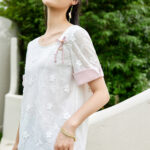How to Choose the Perfect Wedding Skirt for Your Big Day
Your wedding day is a momentous occasion, and selecting the right attire plays a pivotal role in how you experience it. Among the many choices, the wedding skirt stands out as a central element that defines your silhouette, comfort, and overall aesthetic. This guide delves into the nuances of picking a skirt that not only complements your body type but also aligns with your personal style and the theme of your celebration. Drawing from expert opinions, scientific principles of design, and insights from authoritative sources, we provide a comprehensive roadmap to help you make an informed decision. Whether you’re aiming for timeless elegance or modern flair, understanding the intricacies of skirt selection can transform your big day into a truly unforgettable experience.
Understanding Skirt Silhouettes and Their Impact
Silhouettes form the foundation of any wedding skirt, influencing both appearance and movement. Common styles include A-line, ball gown, mermaid, sheath, and trumpet, each offering distinct advantages. For instance, an A-line skirt, characterized by its fitted bodice that flares out from the waist, is renowned for its versatility and ability to flatter most body types. According to fashion historians and resources like Wikipedia, this design emerged in the 1950s and has remained popular due to its balanced proportions. In contrast, a ball gown skirt creates a dramatic, fairy-tale effect with its full volume, ideal for traditional ceremonies but potentially cumbersome for active receptions. Scientific studies in ergonomics, such as those cited by universities like FIT (Fashion Institute of Technology), suggest that the weight and distribution of fabric can affect posture and comfort over long events. Therefore, when choosing a silhouette, consider not only aesthetics but also practical aspects like venue and duration. For example, a beach wedding might call for a lighter, flowy skirt to prevent discomfort from heat and sand, while a formal ballroom event could accommodate heavier materials. By evaluating these factors, you ensure that your skirt enhances rather than hinders your enjoyment of the day.
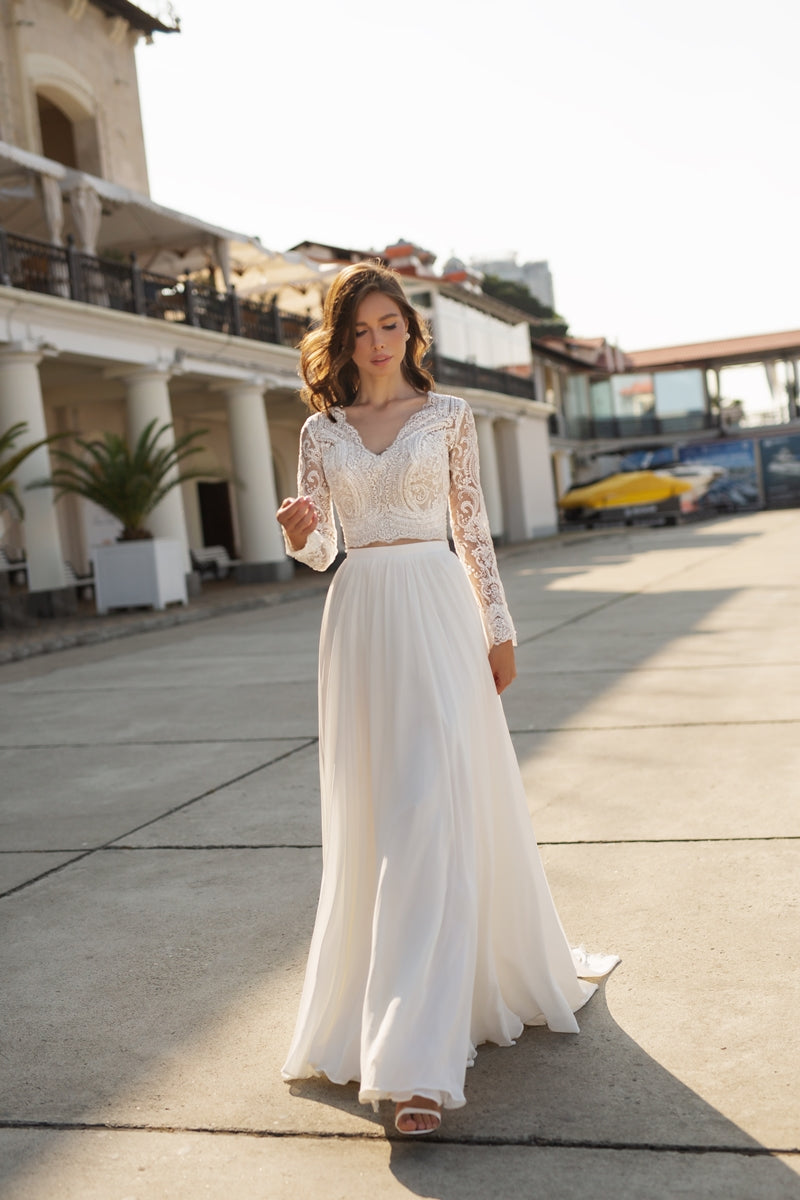
Fabric Choices: Balancing Beauty and Comfort
The fabric of your wedding skirt plays a crucial role in its look, feel, and functionality. Common materials include satin, lace, tulle, chiffon, and organza, each with unique properties. Satin, for example, offers a luxurious sheen and drapes elegantly, making it a favorite for classic designs; however, it can be heavy and less breathable. In contrast, chiffon is lightweight and airy, perfect for destination weddings but may require layers for structure. Scientific explanations from textile experts, often referenced on platforms like Quora or in university literature, highlight that natural fibers like silk provide better breathability and comfort, whereas synthetics like polyester are more durable and affordable. Celebrity opinions, such as those from designers like Vera Wang on YouTube, emphasize that fabric choice should align with the season and setting—e.g., opt for breathable linens or cotton blends for summer outdoors to avoid overheating. Additionally, consider maintenance: delicate fabrics like lace might need specialized cleaning, adding to post-wedding costs. By weighing these aspects, you can select a fabric that not only looks stunning but also ensures you stay comfortable throughout your celebrations, from ceremony to dance floor.
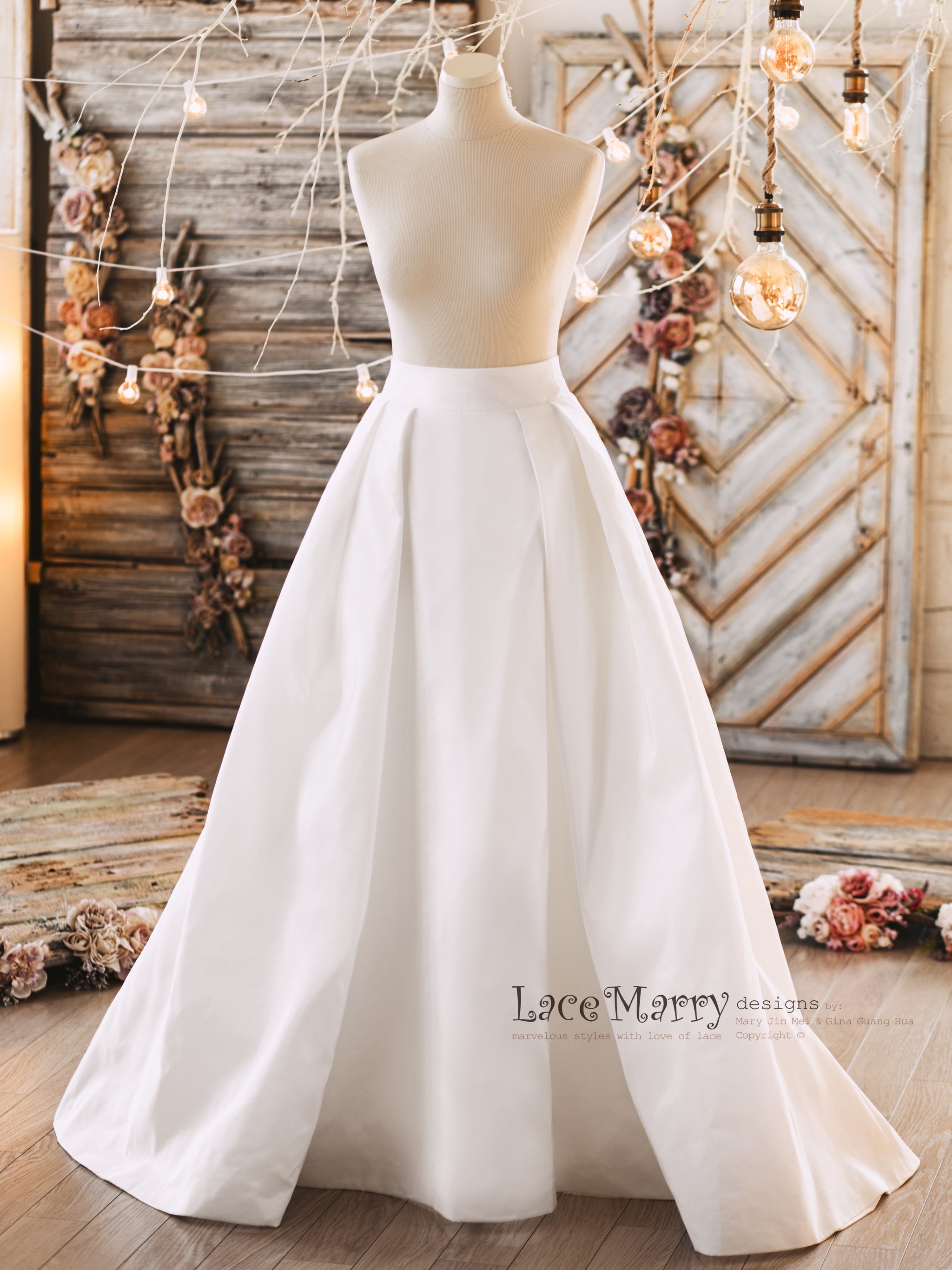
Incorporating Personal Style and Trends
Your wedding skirt should reflect your individuality while considering current trends that resonate with you. Trends evolve, as noted in fashion publications and statements from icons like Meghan Markle, who often blend tradition with modernity—for instance, minimalist skirts have gained popularity for their clean lines and versatility. However, personal style triumphs over fleeting fads; if you adore vintage aesthetics, a full-skirted design with lace appliqués might be ideal, whereas a contemporary lover might prefer a sleek, high-low hem. Resources like Baidu Baike and Wenku provide insights into cultural influences, such as how Eastern traditions might incorporate red or embroidered skirts for symbolism. To make this personal, think about colors beyond white: blush, ivory, or even bold hues can express uniqueness, supported by viewpoints from designers on Twitter advocating for breaking norms. Remember, your skirt is a canvas for your story—whether it’s through custom details like family heirlooms sewn in or innovative cuts. By balancing trend awareness with self-expression, you create a look that feels authentically you and stands the test of time in your memories and photographs.
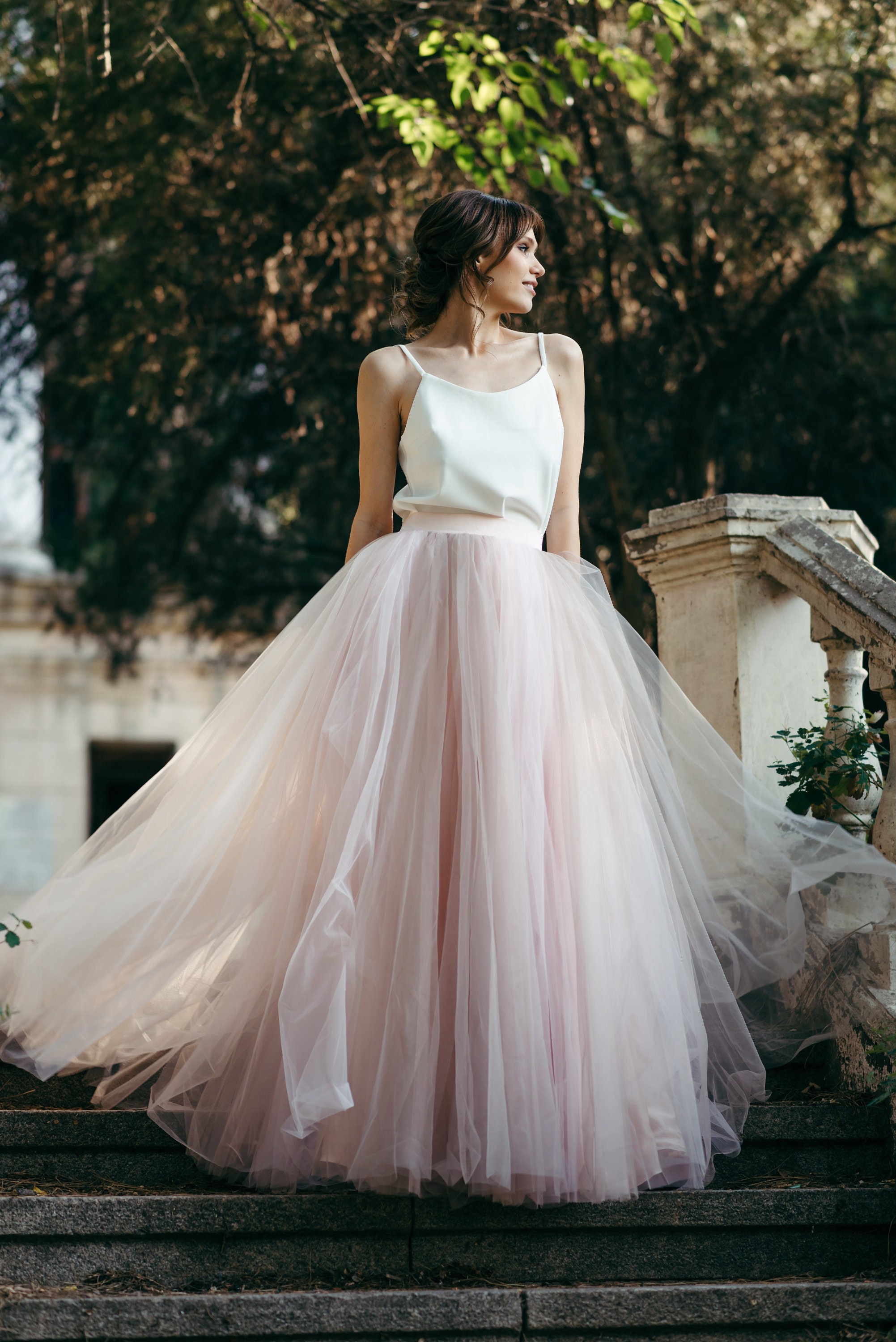
Practical Considerations: Budget and Alterations
Beyond aesthetics, practical elements like budget and alterations are vital in selecting the perfect wedding skirt. Wedding attire can be a significant expense, but discounts and smart shopping can help—many boutiques offer seasonal sales or sample discounts, as highlighted on websites like The Knot. For instance, buying off-the-rack and budgeting for alterations might save costs compared to custom designs; alterations typically adjust length, waist, or fit to ensure perfection. Scientific approaches to budgeting, such as those discussed in personal finance literature, recommend allocating 5-10% of your total wedding budget to the attire, including the skirt. Additionally, consider long-term value: a well-made skirt from quality materials might have a higher upfront cost but offer better durability and resale potential. Expert tailors often advise on platforms like Quora that alterations should be planned early to avoid rush fees, and factors like weight fluctuations before the wedding should be accounted for. By addressing these practicalities, you not only secure a skirt that fits flawlessly but also manage expenses wisely, allowing you to invest in other aspects of your celebration without compromise.
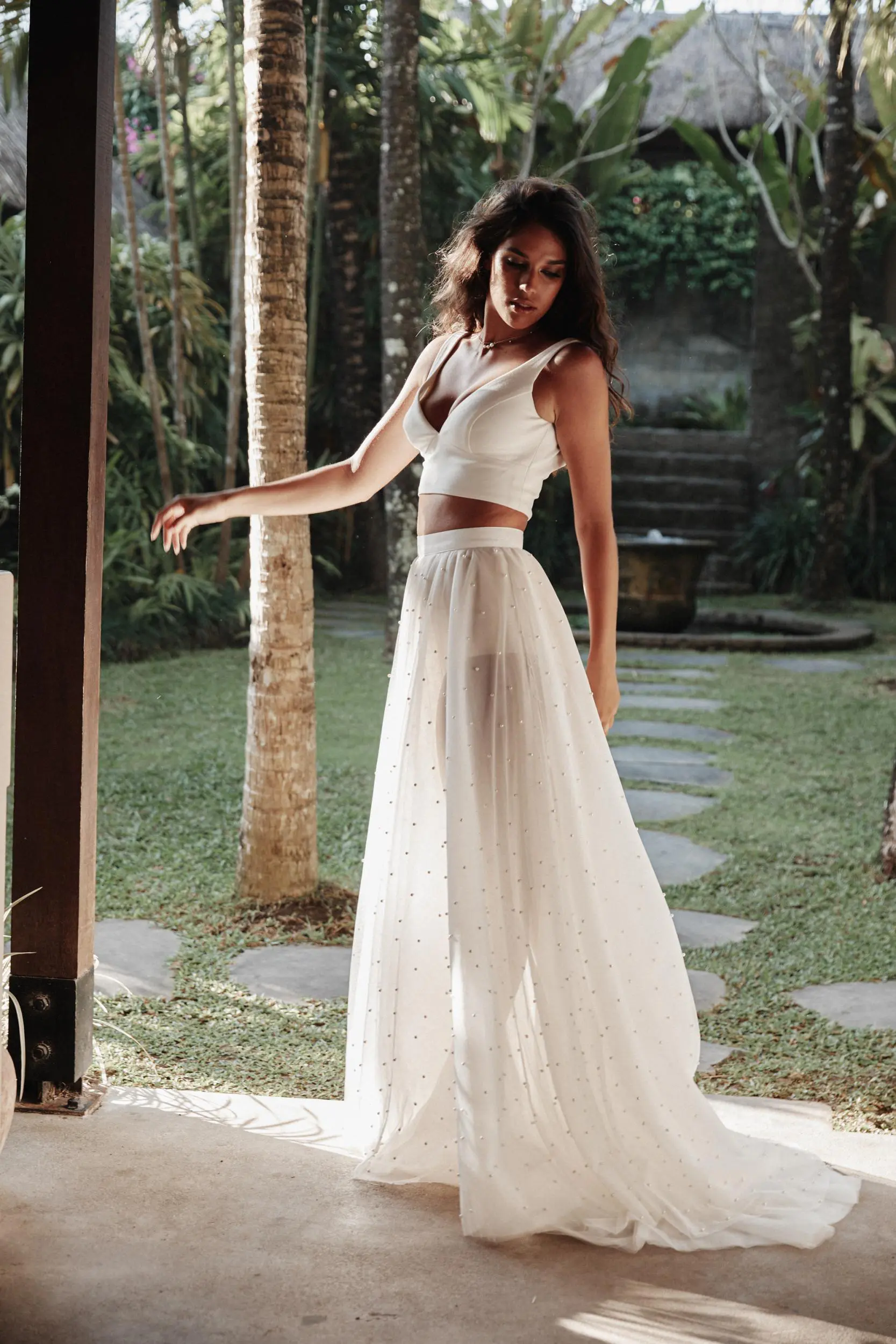
Final Thoughts on Making Your Selection
Choosing the ideal wedding skirt is a journey that blends art and science, personal taste and practical wisdom. By focusing on silhouettes, fabrics, style, and budget, you empower yourself to make a decision that enhances your joy and confidence. Remember, this skirt is more than just clothing—it’s a part of your story, meant to be cherished long after the day ends. Trust your instincts, consult experts if needed, and embrace the process with excitement. Your perfect skirt awaits, ready to make your big day truly magical.



